This site is part of various affiliate programs. Links may give us a small compensation for any purchases you make, at no additional cost to you. Please read the disclaimer policy for full details.
Comparing projector paint vs screen, a projector screen offers far better image quality thanks to its even surface with no imperfections, and the specially designed ambient light reflecting fabric, which prevents stray light from intruding and stops dark tones getting muddy.
Whether you get a 4K projector or a standard Full HD projector, you will have to consider what you are going to project on to.
The choices are between a standard wall with regular house paint, which is not in any way recommended, or the two better options of a wall covered in projector paint, or a dedicated projector screen.
These both have their own pros and cons, mostly based around price and image quality, so let’s take a look at the details of both.
Projector Paint vs Screen Comparison Table
The main differences between the projector screen and paint setups are summarized in the table below. A fuller explanation of what these differences mean in practice follow this.
| Differences between Projector Paint vs Screen | 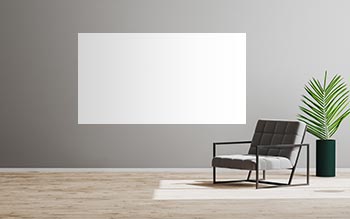 |
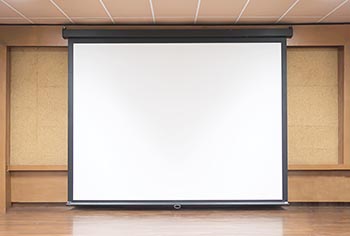 |
|---|---|---|
| Overall Image Quality |
|
|
| Reflectivity |
|
|
| Ambient Light |
|
|
| Ease of Setup |
|
|
| Cost |
|
|
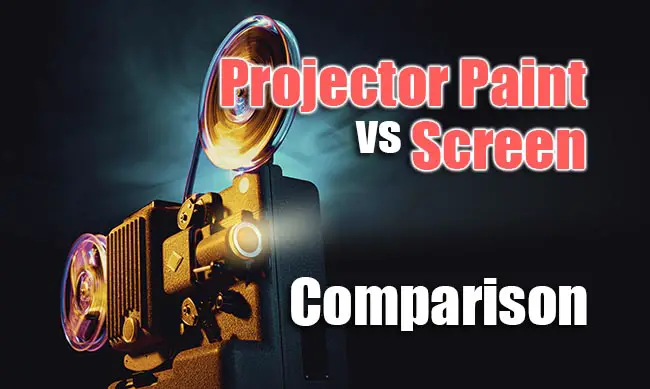
What is Projector Paint?
Projector paint differs from ordinary house paint in its composition, designed to provide a neutral reflective surface for a wide spectrum of light.
You cannot use regular house paint for a projection area, as it absorbs too much of the projected images light, rendering the image dark and muddy. The extra-reflectivity of projector paint should help curb this, although you are still likely to see a loss of overall reflectivity when compared to a dedicated screen.
One of the issues that projector paint does not solve is the problem of ambient light, such as from a window or other source. Light that hits the paint at any angle is reflected to the same degree, meaning that daylight can wash out an image quite easily. This is not the case for ALR screens.
What is a Projector Screen?
A dedicated projector screen is a tensed piece of fabric that is specifically designed to reflect the visible wavelength of light that projectors produce.
These are often on a massive scale, with many available in the 100-inch+ category. These are particularly useful if you have a dedicated home theater, as they allow you to see the image in a much more similar quality level to a cinema.
If you want the best possible viewing experience, then a projector screen is the way to go.
Pros and Cons of Projector Paint
The major pro of using projector paint over a screen is in the cost saving. A dedicated screen can be in the range of hundreds of dollars, while a tin of paint can be had for as little as a few tens of dollars.
Paint does not have to be applied to walls, either. You could paint a white sheet, which would then act almost like a screen, with the ability to then remove it when not in use, or any number of similar objects.
Image quality definitely sees something of a trade-off with paint vs projector screen, as it just does not reflect light to the same degree. Nonetheless, it is many degrees better than using a regular wall, with regular house paint, which will not give a good image.
The real major negative of projector paint is that its performance is largely dependent on the smoothness and straightness of your wall. Particularly if you are using an ultra short throw projector, you will see any bumps and lumps present in your wall, including the possibility of brush strokes if you haven’t applied the paint that well.
Combined with a wall that isn’t perfectly straight, this can lead to a poor image quality, and can only really be rectified by either grinding down your wall to get a perfectly smooth surface, or by using a screen.
- High definition, high contrast paint
- Suitable for 1080p or 4K projection
- Available in larger sizes for larger walls
- Cheaper than an ALR screen
- Very good image quality
Pros and Cons of a Projector Screen
Comparing a projector screen vs wall, projector screens offer a markedly better image than a painted wall, thanks to a few clever design features.
The tensing of the screen fabric means that it acts in the same way as the hard surface of the wall, not being affected by breezes, but the light reflective fabric is a much better reflector of light. It reflects wavelengths equally, and doesn’t cause muddy tones.
The fact that it is mounted on the wall or ceiling means that you can be assured of a smooth display surface, free from any imperfections.
ALR (ambient light rejection) screens are in the more expensive category of projector screen, and prevent ambient light, that is any light that does not hit the screen straight on, from being reflected. This means that windows or other lights in the room do not interfere with the quality of the picture, and prevent it from washing out. This type of screen is ideal for standard short throw projectors.
CLR (ceiling light rejection) screens have more recently been developed to deal with the extreme light throwing angle of ultra short throw projectors. These prevent reflections from the ceiling of your room from interfering with the picture.
Projector paint is not able to offer either ALR or CLR features.
- Fantastic value for money
- Excellent image quality
- Available in multiple sizes and aspect ratios
- Very high build quality
- Includes ALR technology
Which is Best: Projector Screens or Projector Paint?
I hope you can see from this article that projector screens are the far superior product for projectors, and you should not short change yourself by going with projector paint if you are getting a very expensive projector.
If, on the other hand, you are simply buying a cheaper FHD projector, then projector paint can certainly be good enough, provided that you are sure that your intended wall is free from any major imperfections, and is relatively straight.
If you do have a very flat and smooth wall, and you are using your projector in a dark room without ambient light, then projector paint can offer nearly the same image quality as a screen, and can be an excellent way to save some money.
But if you cannot control the lighting environment around your projector, then a screen is the best way forward.
Read More:
What’s the difference between FHD vs UHD?
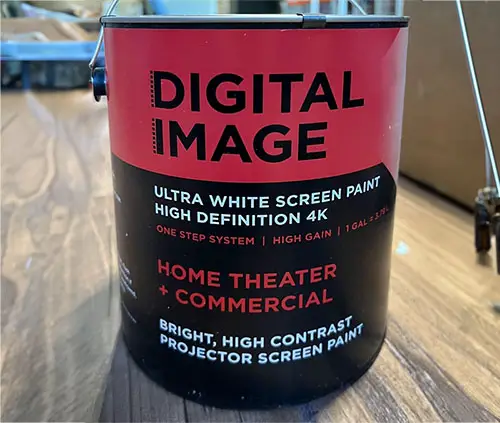
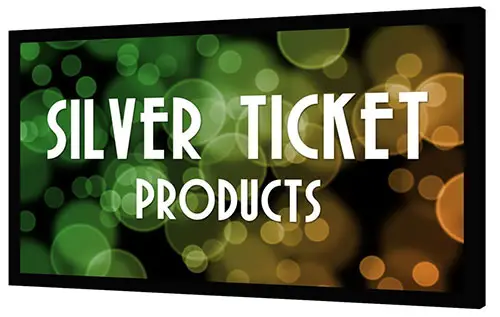
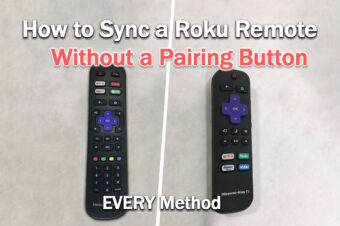
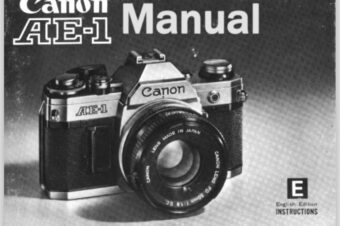
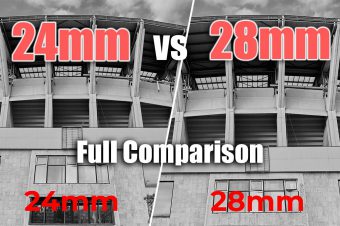
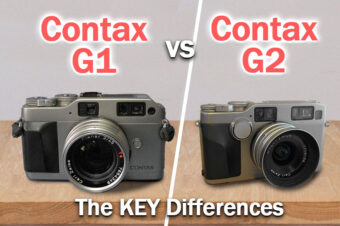
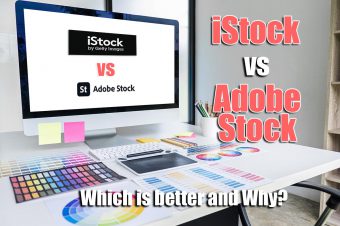
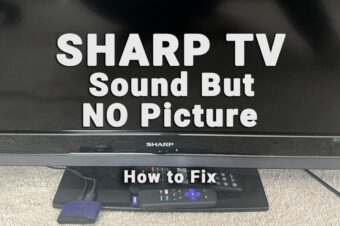
2 Responses
Russell
ok Screen is obviously better paint is just the cheap alternative
Tim Daniels
Exactly.